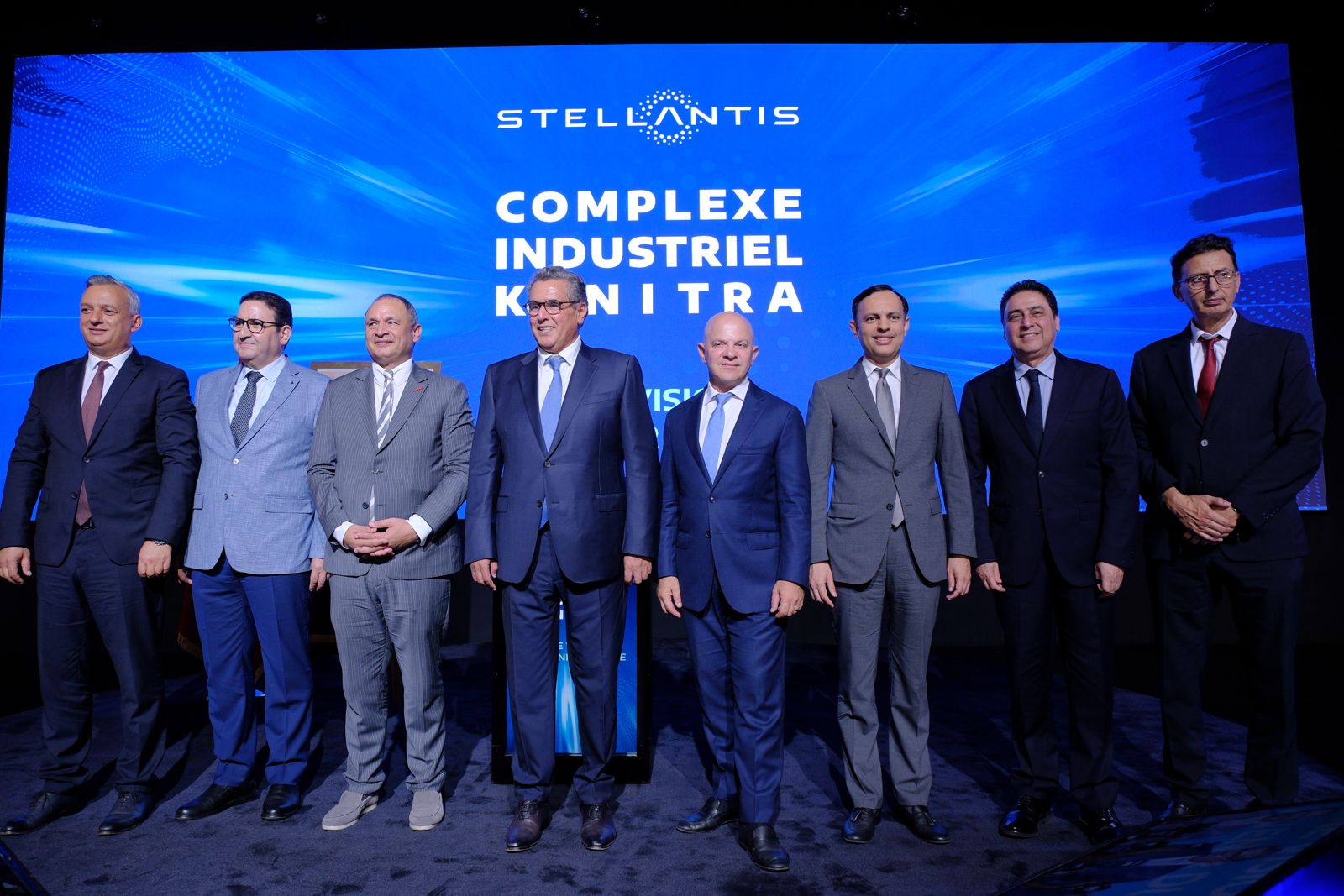Stellantis is ramping up its industrial footprint in Morocco with a major expansion of its Kénitra plant, ushering in a new chapter in the company’s strategic alliance with the country—an alliance that began in 2016 and has exceeded expectations ever since.
The inauguration of the expanded site was attended by Morocco’s Head of Government, Aziz Akhannouch, who hailed the partnership as a model of successful collaboration. He emphasized that this alliance reflects both the strength of mutual commitments and the kingdom’s industrial ambitions, which have gained momentum under the leadership of King Mohammed VI. According to Akhannouch, the move sends a clear message of international confidence in Morocco’s economic and industrial strengths.
Industry and Trade Minister Ryad Mezzour underscored the significance of this latest phase. He described the project as a key milestone in Morocco’s emergence as a major global hub for automotive manufacturing, with annual production now surpassing one million vehicles. Mezzour also pointed to the broader benefits: deeper local integration, enhanced industrial sovereignty, and thousands of new skilled jobs.
For Stellantis, the expansion is a natural progression of a partnership that has not only lived up to its promises but delivered ahead of schedule. Samir Cherfan, the company’s Chief Operating Officer for the Middle East and Africa, noted that the commitments made in 2016 were met years in advance. The Kénitra plant, which opened in 2019, had already doubled its capacity by 2020.
Among the new developments is the launch of production for MHEV (mild hybrid electric vehicle) engines, which began in May and is expected to reach 350,000 units per year. A second phase is planned for November 2026. Meanwhile, production of micro-mobility vehicles—including the Citroën Ami, Opel Rocks-e, and Fiat Topolino—was increased in January to 70,000 units annually. That number will rise even further with the addition of locally engineered three-wheeled electric vehicles, starting production this July.
These innovations will boost the plant’s micro-mobility output to 135,000 units per year. Additionally, the facility is now manufacturing electric charging stations, with an annual production capacity of 204,000 units. By February 2026, Stellantis also plans to double its output of conventional vehicles via the Smart Car platform, reaching 400,000 units per year. When combined with micro-mobility, total vehicle production at Kénitra will hit 535,000 annually.
The company is also expanding its local procurement efforts. By 2030, more than €6 billion will be channeled to Moroccan suppliers, with a local content integration rate expected to reach 75%. This growth trajectory is projected to create over 3,000 new jobs, adding to the 3,500 positions already in place.
